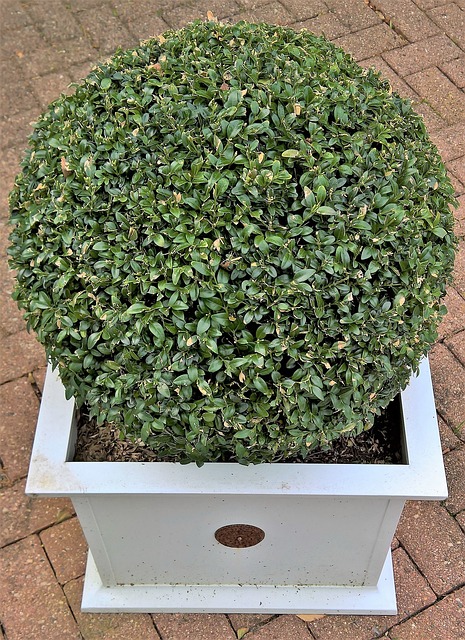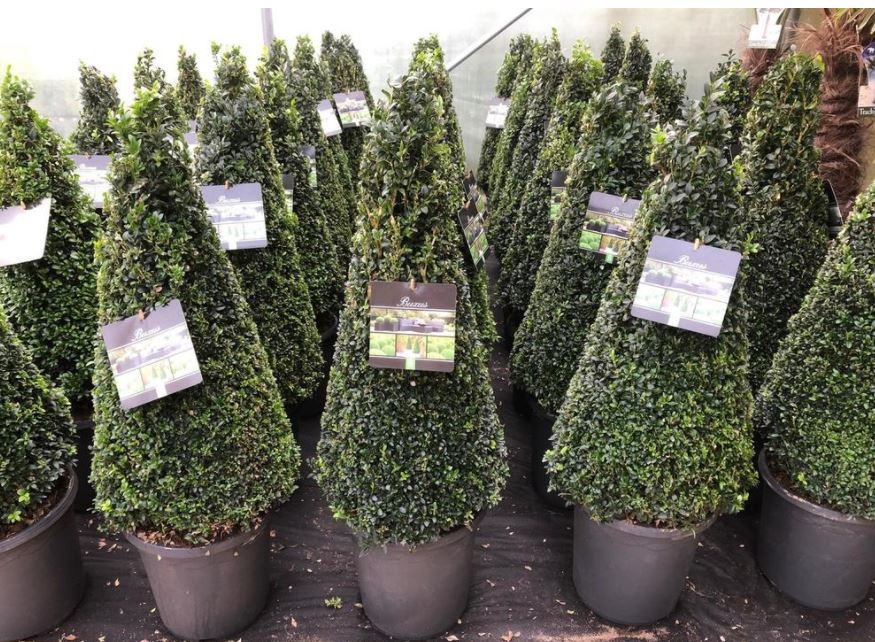What is Topiary?
31st Jan 2021
Topiary is the art of clipping and shaping the foliage of plants. Animals and geometric shapes are the most common forms of topiary. Box, holly, yew and privet are the most popular plants and hedges used. Unsurprisingly this wonderful artform are sometimes called living sculptures. And the great thing about topiary is that anyone can do it. Though it will take a little practice.
Topiary as we know it today has evolved from the ornate sculpting of hedges and trees which became popular in the Tudor and Stewart periods. Those breathtaking formal gardens, many of which we can still wander around today, where mainly based on three styles:
Parterres: Picture a renaissance or Italian style garden with large, trimmed plants in pots. Usually displayed along with statuary. The classic Roman and Greek statutes would have ornate, clipped box hedges swirling around them in mirrored patterns or geometric designs.

Mazes or labyrinths: Mazes you still stumble across at a country house or private garden is a great example of topiary. Large hedges that have been sculpted to produce a walkway.
Knot gardens: This style was originally formed from different coloured boxes which were planted up in crisscrossing patterns. This created the illusion that the ribbons of hedges had been tied up in knots.
Formal landscaping is still practised today of course. And many large houses or stately homes have wonderful formal gardens. But topiary can be enjoyed by anyone - whether you have a few acres outside the front window or a small urban garden.
The biggest asset you need to create topiary is patience. Along with a sharp pair of garden shears. A steady pair of hands would also be nice. The most complicated forms of topiary are created using wire frames. But most are created freehand. As long as the plant or hedge is densely grown, you’ll be able to have a bash at making your own living sculpture.
What are the best plants for topiary?
Box and yew plants are perfect for topiary projects. They are easy to manage and do well in British gardens. However, there are other evergreen plants that can be used as an alternative such as holly or privet as they are virtually indestructible and easily maintained.
What is shrub topiary?
Shrub topiary is a term used to describe the art form of pruning or purposely growing a shrub into a specific shape or design. This style can be achieved with either consistently trimming into shape, or by using a topiary frame. Using a frame allows the shrub to grow and eventually “fill” the frame creating the desired style. Having a guide like this, makes it much easier to trim and maintain your shrub rather than going free hand with the secateurs. Unless you’re up for the challenge of course.
What is box topiary?

Box, also known as Buxus, is a popular type of plant used for topiary. Box is versatile and easy to maintain, making it an excellent choice for moulding into shapes such as balls and spirals. These plants thrive equally in containers or when grown in the ground, offering great flexibility for where you can house them. Box plants prefer to be trimmed during late spring and again in midsummer and early autumn.
Topiary in the modern garden
Although a traditional gardening technique topiary is still relevant and very popular. Many gardeners enjoy creating something a bit different as a focal point for their garden. Done well topiary looks stunning. It’s practical too.
Ideal for creating privacy or screens a sculptured hedge is so much more attractive than a wooden fence. Topiary doesn’t have to be an elaborate design. Manicured hedges or simple cubes from box look amazing.
Whether you decide to take the plunge with an ornate animal design or begin by simply taking a bit more time and care over clipping the hedge, give topiary a go and add something a little different to your garden.


